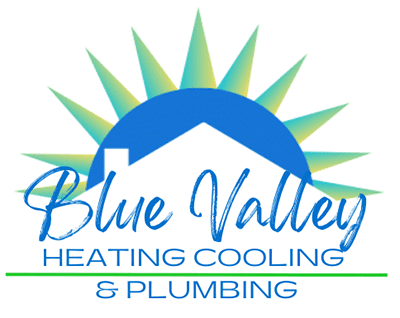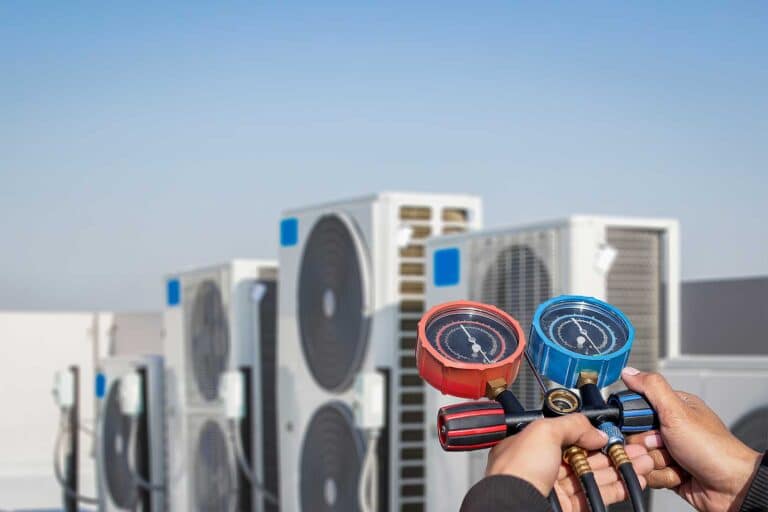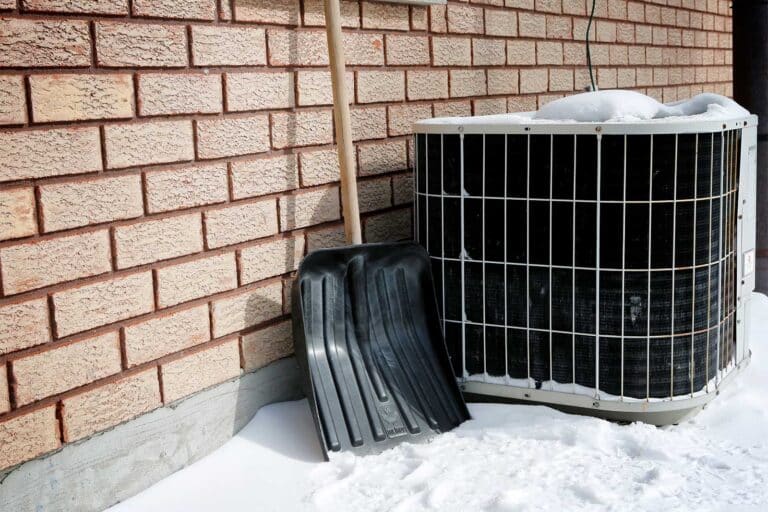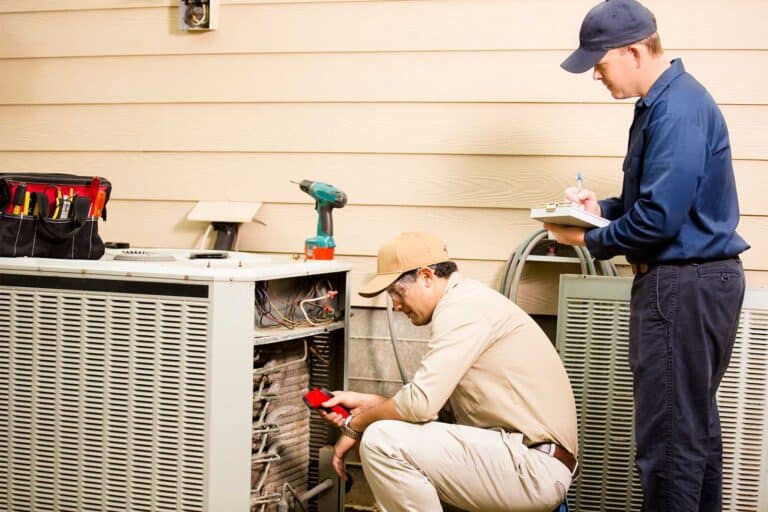What are Cold Climate Heat Pumps and How Do They Work?
In the quest for more energy-efficient and environmentally friendly heating solutions, heat pumps have emerged as a front-runner, especially in regions that experience a wide range of temperatures throughout the year. Among the various types of heat pumps, cold climate heat pumps are specifically engineered to provide efficient heating and cooling even in the face of freezing temperatures, making them an ideal choice for homeowners in colder regions. At Blue Valley Heating & Cooling, we specialize in the latest heating and cooling technologies, including advanced cold climate heat pumps, ensuring your home remains comfortable year-round.
Understanding Cold Climate Heat Pumps
Cold climate heat pumps are an innovative variant of the standard heat pump technology, designed to extract heat from outdoor air at significantly lower temperatures than their standard counterparts. Traditional heat pumps would struggle to maintain efficiency in colder climates, often needing supplemental heating systems to keep up. However, with advancements in technology, cold climate heat pumps can operate effectively even when the outdoor temperature drops as low as -15°F (-26°C).
The secret behind their efficiency lies in their enhanced design and components. These include variable-speed compressors, advanced refrigerants, and improved coil designs, all working together to maximize heat extraction from cold air. By optimizing the thermodynamic process, cold climate heat pumps can continue to transfer warmth into your home efficiently, even on the coldest days.
How Cold Climate Heat Pumps Work
The operation principle of cold climate heat pumps isn’t vastly different from traditional heat pumps. They still cycle a refrigerant through evaporation and condensation processes to move heat from one place to another. However, what sets them apart is their ability to perform efficiently in colder temperatures.
- Evaporation: The refrigerant, housed within the outdoor unit, absorbs the available thermal energy from the outside air, even in cold conditions. As it absorbs heat, the refrigerant transitions from a liquid to a gas.
- Compression: A compressor then increases the pressure and temperature of the gaseous refrigerant, preparing it for heat release indoors.
- Condensation: The hot refrigerant gas releases its heat to the indoor air through the indoor unit’s coil, warming your home. During this process, the refrigerant cools down and returns to a liquid state.
- Expansion: Finally, the refrigerant passes through an expansion device, lowering its pressure and temperature before it cycles back to the outdoor unit to repeat the process.
Keeping Your Heat Pump in Top Condition
Like any sophisticated piece of technology, maintaining optimal performance of a cold climate heat pump requires regular checks and timely repairs. Factors such as refrigerant levels, electrical connections, and general wear and tear can influence the efficiency and longevity of your heat pump. At Blue Valley Heating & Cooling, we offer comprehensive services for heat pumps, including maintenance, repairs, and installations. Our team of experts is equipped to ensure your cold climate heat pump operates smoothly, providing reliable heating and cooling to your home.
Ready for Efficient Heating and Cooling?
If you’re considering a cold climate heat pump for your home, or if you need service for your existing system, contact Blue Valley Heating & Cooling. Our knowledgeable team is ready to assist with all your heating and cooling needs, from selecting the right heat pump for your home to performing essential repairs. Embrace the efficiency and comfort of a cold climate heat pump with Blue Valley Heating & Cooling at your side.







